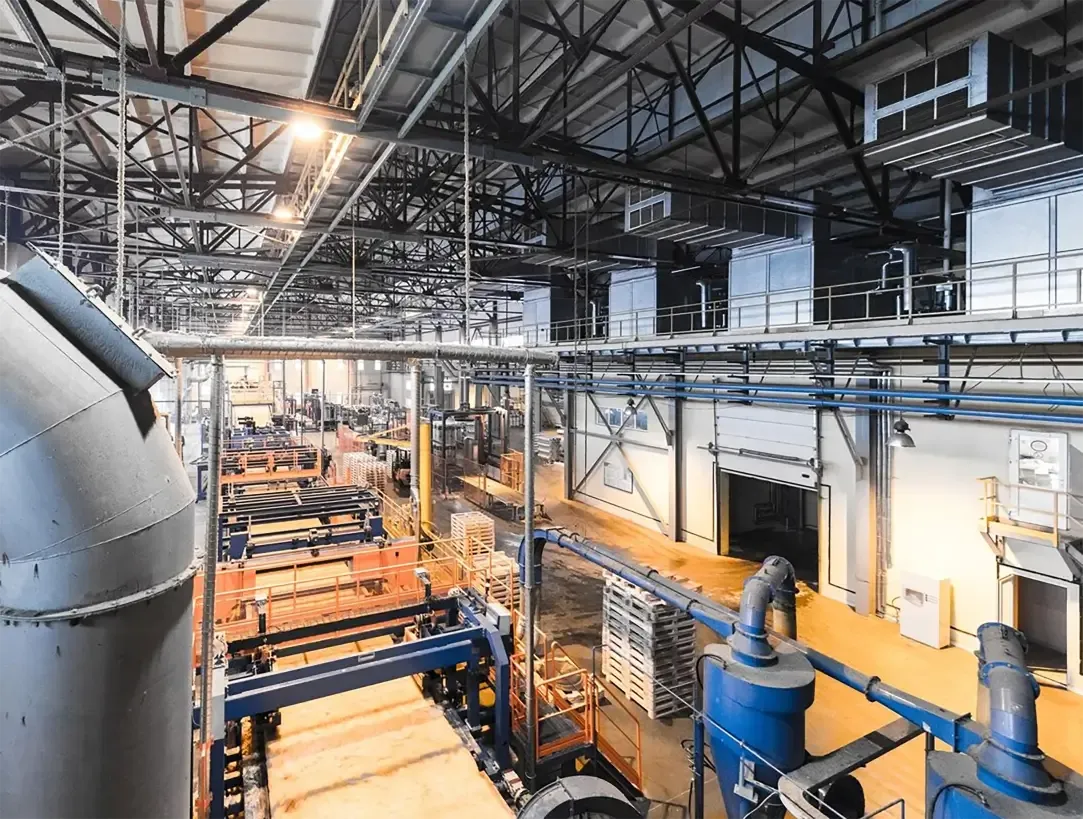Chemicals Used in Sewage Treatment An Overview
Sewage treatment is a critical process in managing wastewater and protecting public health and the environment. As urbanization continues to rise globally, so does the volume of wastewater generated. This necessitates effective treatment methods to ensure that sewage is properly processed before being released back into the environment. Among various treatment methods, the use of chemicals plays a vital role in enhancing the efficiency of sewage treatment processes.
The Importance of Chemicals in Sewage Treatment
Chemicals are essential in sewage treatment for several reasons. Primarily, they help in breaking down organic matter, removing nutrients, and mitigating harmful pathogens. The use of chemicals can significantly improve the efficiency and effectiveness of biological treatment processes, which are the backbone of sewage treatment facilities.
Common Chemicals Used in Sewage Treatment
1. Coagulants Coagulation is the first step in the physical-chemical treatment of sewage. Coagulants, such as aluminum sulfate (alum) or ferric chloride, are added to help clump together suspended solids and colloidal particles in wastewater, forming larger aggregates called flocs. This process facilitates the subsequent sedimentation, where these flocs settle out of the water, thereby improving the clarity of the effluent.
2. Flocculants Following coagulation, flocculants, such as polyacrylamides, are used to enhance the floc formation. They aid in binding the coagulated particles more effectively, allowing for better solid-liquid separation. Flocculants are particularly useful in secondary treatment processes, where they assist in creating larger floc structures that can easily be removed.
3. Disinfectants The final effluent must be free of pathogens to ensure it is safe for discharge or reuse. Common disinfectants used in sewage treatment include chlorine, ozone, and ultraviolet (UV) light. Chlorination is a traditional method that involves adding chlorine or chlorine compounds, which effectively kill bacteria and other pathogens. However, the formation of harmful by-products has led to increased adoption of alternative methods like UV disinfection and ozonation, which are more environmentally friendly.
chemicals used in sewage treatment

4. pH Adjusters Maintaining the appropriate pH level is crucial for optimal biological activity during the treatment process. Chemicals such as sodium hydroxide or sulfuric acid are often used to adjust the pH of the sewage to create ideal conditions for microbial activity. A balanced pH ensures that the microorganisms responsible for breaking down organic matter can thrive and function effectively.
5. Nutrient Removal Agents Excess nutrients, particularly nitrogen and phosphorus, can lead to eutrophication in water bodies, causing harmful algal blooms and aquatic life disturbances. To combat this, chemicals like sodium nitrate or phosphate compounds may be added to facilitate nutrient removal processes within the treatment system.
6. Odor Control Chemicals Sewage treatment plants often face challenges related to odor emissions. Chemicals such as activated carbon, chlorine dioxide, and various biofilters are utilized to control and mitigate odors associated with the breakdown of organic matter. These substances can help neutralize odorous compounds, improving air quality in and around treatment facilities.
Environmental Considerations
While the use of chemicals in sewage treatment is necessary, it must be conducted with caution. The introduction of chemicals into the treatment process comes with risks, such as the potential for chemical residues in the treated effluent. Therefore, ongoing monitoring and stringent regulations are required to ensure that these chemicals do not adversely affect the ecosystem. Emerging technologies, such as advanced oxidation processes and bioremediation, hold promise for reducing the dependency on traditional chemicals, promoting a more sustainable approach to sewage treatment.
Conclusion
In conclusion, chemicals play a pivotal role in the sewage treatment process, enhancing the efficiency of wastewater management and ensuring public safety. While the benefits are significant, it is essential to strike a balance between effective treatment and environmental stewardship. Continued research and innovation in sewage treatment technologies will be crucial for developing safer and more sustainable methods for handling the ever-increasing amounts of wastewater generated by our growing populations.

